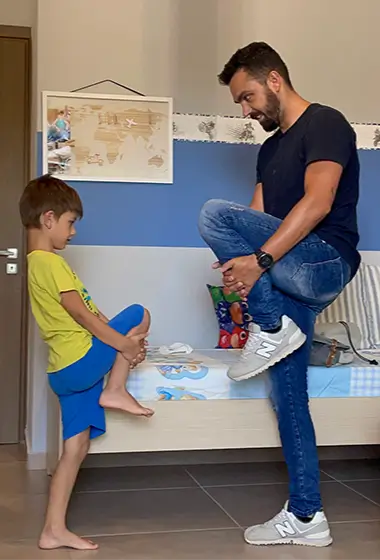WHAT IS ABA THERAPY?
ABA Therapy
What is Applied Behavior Analysis (ABA) Therapy?
ABA therapy is a specific systematic and structured approach to treating those on the autism spectrum. Working from a scientific understanding of how behavior works and how individuals learn. ABA therapy is an interpersonal, one-on-one therapy in which the therapist works directly with the individual child.
Based on principles of learning theory, ABA therapy uses reinforcement techniques to encourage proper behavior while discouraging harmful behavior and behavior that negatively affects the learning process.
These therapy programs can help autistic children in a variety of ways. Successful individuals have seen an increase in their language and communication skills, a decrease in problematic behaviors, and improved attention, memory, focus, social skills, and academics. Children have also shown signs of increased self-control and self-regulation, allowing them to better care for themselves without third-party involvement.
Applied behavior analysis therapy also focuses on the correlation between behavior and environment. Children who have been treated with ABA therapy have shown success in transferring learned behaviors from one environment to the next, something those on the autism spectrum often have difficulty doing. This is done by changing their environment and challenging them to adapt to certain scenarios, specifically ones they may not fully understand.

Using Reinforcement
The concept of positive reinforcement is widely understood and, in the context of ABA therapy, it’s no different. If a child displays a desired behavior – completing a task set for them, for example – they’re given a reward. It’s a tried-and-true method of instilling wanted behavior in an individual.
Harsh forms of punishment are not used. Instead, undesired behavior is simply met with a lack of reinforcement. If a child refuses a task or, worse yet, acts out in anger and defiance, the reward is withheld until they display the correct behavior.
The idea is to help the child understand the difference between acceptable and unacceptable behavior and apply this knowledge in real-world situations, regardless of the environment. As treatment progresses, the goals set for the child will become more complex and difficult.
Personalized Therapy
The backbone of ABA therapy is the ability to personalize the treatment for each individual. One of the many reasons that therapy sessions are conducted one-on-one is it allows the therapist to adapt to the child’s needs as they see fit, applying different goals to reach different outcomes.
The specific approach is going to be different for every child. For example, the rewards given for positive behavior will appeal directly to that child. There is no “one size fits all” solution for autism and each individual undergoing ABA therapy will have a program written specifically for them.
Does ABA Therapy Work?
The US Surgeon General and American Psychological Association consider applied behavior analysis therapy to be an evidence-based best practice treatment. In short, this means that the technique has passed scientific tests designed to assess its effectiveness. Many studies have shown that children who undergo intensive and long-term therapy have shown considerable improvement in language, intellectual functioning, and daily living skills.
